From countercultural whisper to mainstream celebration, the journey of April 20th—known simply as “4/20”—represents one of the most fascinating cultural shifts of our time. A decade ago, large gatherings at places like the University of Colorado Boulder were common, but administrative bans have since changed the landscape of 4/20 celebrations significantly. What began as coded communication among a small group of California teenagers has transformed into a global phenomenon that transcends its origins, reshaping attitudes, commerce, and policy along the way. While most things die within a couple years, '420' has persisted and grown in popularity, highlighting its sustained relevance and cultural significance among cannabis enthusiasts.
Origins: The Waldos and the Birth of a Code at San Rafael High School
The true genesis of 4/20 cuts against many of the urban legends that surround it. It wasn’t police code for marijuana consumption. It had nothing to do with Hitler’s birthday or Bob Marley’s death. The actual story begins in 1971 in San Rafael, California, with five high school students who called themselves “the Waldos.”
These teenagers—Steve Capper, Dave Reddix, Jeffrey Noel, Larry Schwartz, and Mark Gravich—created the term as a meetup time. They would gather at 4:20 PM by their school's statue of chemist Louis Pasteur to smoke marijuana and search for an abandoned cannabis crop they’d heard about near Point Reyes. Often, this gathering followed their football practice, linking their social activities with the emergence of the term ‘420.’ Their adventure, which they called “the 4:20 Louis,” became routine. Eventually, “4:20” evolved into shorthand for smoking marijuana. A friend's brother, concerned about being caught for growing marijuana, gave the Waldos permission to harvest the weed patch, further contributing to the lore surrounding ‘420.’
The phrase might have remained local slang if not for a crucial connection: Reddix’s brother, a close friend of Phil Lesh, bassist for the Grateful Dead, facilitated the spread of the term. As the Waldos socialized within the band's circle, their code term spread through the Deadhead community and beyond. Additionally, Bob Dylan's song 'Rainy Day Women No. 12 & 35,' with its refrain 'Everybody must get stoned,' also contributed to the cultural context in which the term '420' thrived.
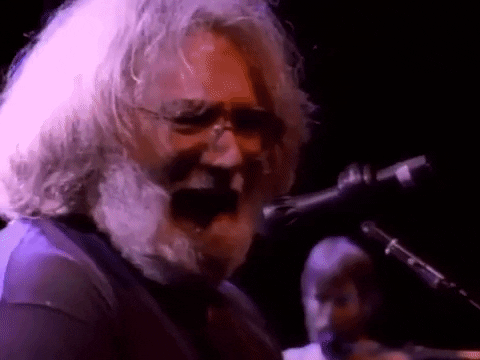
Cultural Ascension: From Underground Code to Global Holiday in Cannabis Culture
By the early 1990s, the term had gained enough traction that High Times magazine embraced and promoted it. A 1991 issue reproduced a flyer inviting people to smoke “420” on April 20 at 4:20 PM, codifying both the time and date within cannabis culture. This was a pivotal moment in the slang spread of ‘420’, as the cannabis magazine High Times played a crucial role in documenting and popularizing the term. Reporter Steve Bloom, while attending a Grateful Dead concert, encountered the flyer that led to the cannabis magazine High Times publishing the story, effectively cementing 4/20's significance as a cannabis holiday. What began as teenage code had evolved into an unofficial holiday.
Fast forward to the early 1990s, the observance spread organically through word of mouth, then accelerated exponentially with the rise of the internet. What’s remarkable about 4/20 is how it grew without corporate backing or institutional support—indeed, despite active prohibition of the substance it celebrated.
The Oxford English Dictionary added the term in 2017, citing documents from the 1970s as the earliest recorded uses. The Waldos saved postmarked letters and other artifacts from the 1970s referencing “420,” which they now keep in a bank vault.
Celebrating Marijuana Culture’s High Holiday
Marijuana culture’s high holiday, 4/20, is celebrated on April 20th every year. The origins of this day trace back to the 1970s with a group of friends from San Rafael High School in California, known as the Waldos. They would meet at 4:20 PM to smoke marijuana and search for a hidden cannabis crop, creating a private lexicon that eventually spread to the wider public.
Today, 4/20 has evolved into a significant event in the cannabis industry, especially in legal weed states. Pot shops offer special deals and promotions, turning the day into a major sales event. Large gatherings in cities across the country mark the occasion, reflecting the holiday’s deep roots in marijuana culture's high holiday.
The White House has shown an openness to marijuana reform, and many states have implemented “social equity” measures to help communities of color benefit from legalization. Recreational pot is now allowed in nearly half of the states and the nation’s capital, with 24 states permitting recreational use and 14 more allowing medical marijuana. Kentucky, for instance, will see its medical marijuana legislation take effect in 2025.
Despite these advancements, marijuana remains illegal under federal law, classified alongside drugs like heroin under Schedule I of the Controlled Substances Act. However, the Biden administration has taken steps toward reform, including pardoning thousands of people convicted of “simple possession.” The Department of Health and Human Services has recommended reclassifying marijuana as Schedule III, which would recognize its medical use under federal law.
Even with the federal government dragging its feet, public support for legalization is also at an all-time high, with a Gallup poll last fall showing 70% of adults in favor.
To commemorate the spread of legalization, 4/20 is now celebrated with large gatherings and events across the country. The Mile High 420 Festival in Denver is one of the largest 4/20 events in the world. Hippie Hill in San Francisco’s Golden Gate Park has also attracted massive crowds. College quads and statehouse lawns are also known for drawing 4/20 celebrations.
Some breweries make 420-themed beers, including SweetWater Brewing in Atlanta. Lagunitas Brewing in Petaluma, California, releases its “Waldos’ Special Ale” every year on 4/20 in partnership with the term’s coiners. The Waldos can be found be at Lagunitas Brewing on 4/20 to sample the beer.
4/20 has become a big industry event, with vendors gathering to try each other’s wares. The holiday has become a mixed bag, with many smaller growers struggling to compete against large producers. Many Americans are still behind bars for weed convictions, despite the legalization movement’s progress.
Most people would describe 4/20 as a time to celebrate victories and strategize for further progress. Others would view 4/20 as a good time, but also acknowledge the importance of continuing to advocate for marijuana reform. Thankfully, the cannabis industry has evolved significantly since the early days of the Waldos.

The Politics of Marijuana Possession
As we examine the cultural impact of 4/20, we must also look at the politics of marijuana possession, which are complex and multifaceted. Proponents of legalization argue that it is a matter of personal freedom and point to the economic benefits and social justice implications of ending prohibition. They highlight the potential for tax revenue, job creation, and the reduction of incarceration rates for non-violent drug offenses. On the other hand, opponents cite concerns about public health and safety, including the potential for increased use among teens and the challenges of regulating cannabis consumption.
As the debate continues, it is clear that the politics of marijuana possession will remain a contentious issue in the United States for years to come. The evolving legal landscape, coupled with shifting public attitudes, suggests that the conversation around marijuana is far from over. The journey from prohibition to normalization and potential federal legalization reflects broader societal changes and the ongoing struggle to balance individual rights with collective well-being.
Commercialization and Mainstreaming
As social attitudes toward cannabis softens and legal barriers fall, 4/20 continues to evolve. What was once a day of defiant celebration has become a prime marketing opportunity. In states with legal cannabis markets, April 20th now drives sales comparable to Black Friday in retail.
Dispensaries offer special promotions, product launches coincide with the date, and cannabis brands build marketing campaigns around the holiday. Consumers take advantage of these specific offers, reaping the benefits of pot-shop discounts available during the celebratory event. Even mainstream companies have cautiously embraced 4/20 with knowing winks in their advertising—Ben & Jerry’s ice cream has offered free samples at 4:20 PM and introduced flavors with playful references to cannabis culture. This year's edition of 4/20 highlights the significance of current events and changes within the marijuana culture, reflecting on the progress made in cannabis legalization and social equity within the movement.
This commercialization reflects the holiday’s journey from counterculture to mainstream. When major corporations acknowledge 4/20, they signal the growing cultural acceptance of cannabis and its associated rituals.
Beyond Consumption: Advocacy and Social Change
While celebration remains central to 4/20, the day has increasingly incorporated activism. Many 4/20 gatherings include speeches on criminal justice reform, medical access, and continued efforts toward legalization. The origins of the term '420' are long murky, with various claims about its meaning, including connections to police codes and cultural references. However, the more widely accepted story is that a group of high school students in California popularized its use.
This dual nature—part celebration, part protest—gives 4/20 a complexity absent from many other cultural observances. In places where cannabis remains criminalized, 4/20 gatherings carry inherent political significance simply by occurring. These events often highlight the historical context of marijuana possession and its ties to the drug war, emphasizing the need for federal pardons and policy changes. In jurisdictions where legalization has happened, the holiday serves as a reminder of both progress made and work remaining.
The evolution of 4/20 parallels and in some ways has driven broader cannabis policy reform. As the holiday gained prominence, it helped normalize discussions about marijuana and challenged stereotypes about its users. Images of diverse crowds peacefully gathering on college campuses and in public parks contrasted sharply with the “dangerous drug user” narrative that has dominated for decades. Efforts to regulate marijuana continue to evolve, with ongoing legislative efforts aimed at allowing more autonomy for states in managing their cannabis laws.
Ritual and Community: The Sociology of 4/20
Beyond consumption, legalization, and commercialization lies perhaps the most enduring aspect of 4/20: community building. The holiday creates spaces where people share experiences across generational, economic, and cultural lines.
Sociologists note that 4/20 exhibits many hallmarks of traditional holidays—shared rituals, special foods (often infused with cannabis), music, and communal gathering. These elements, including the acceptance of cannabis consumption, fulfill deep human needs for belonging and collective experience. The Waldos began hanging out in the circle of the Grateful Dead, which played a significant role in spreading the slang associated with 4/20.
In this way, 4/20 has transcended its origins as merely a time to consume cannabis. For many participants, the day represents belonging to a community with shared values regarding personal freedom, natural wellness, and questioning established norms.
Perhaps most remarkably, 4/20 has transcended its direct association with marijuana to become a broader cultural touchpoint. References to “420” appear throughout film, television, music, and literature—sometimes related to cannabis, but often simply acknowledging the code’s status as shared cultural knowledge. Unlike most things that fade over time, 4/20 continues to thrive and is unlikely to be replaced by any other cannabis-related observance. Someday somebody's attempt to change its significance will likely fail, illustrating its rooted place in culture.
The term has achieved what linguists call “semantic broadening,” expanding beyond literal reference to invoke ideas of counterculture, relaxation, and mild rebellion. Even people who don’t consume cannabis recognize “420” as cultural shorthand, demonstrating how thoroughly it has permeated modern consciousness.

More Than a Day to Get High
Fifty years after those five teenagers first gathered at 4:20 PM, their improvised code has grown into something they could never have imagined—a globally recognized observance that influences commerce, policy, and culture.
The evolution of 4/20 from secret code to commercialized holiday reflects broader shifts in American society regarding personal freedom, relationship to authority, and attitudes toward altered states of consciousness. It also demonstrates how cultural phenomena in the digital age can spread, evolve, and institutionalize with remarkable speed.
As cannabis continues its journey from prohibition to acceptance, 4/20 will likely continue evolving as well. But its core elements—community gathering, shared ritual, and a spirit of mild rebellion—seem likely to endure, ensuring that even as cannabis itself becomes increasingly normalized, the holiday commemorating it remains special.
What began with five teenagers in California has become a cultural institution, demonstrating how powerfully small acts can ripple through time and society when they capture something essential about human experience and connection.



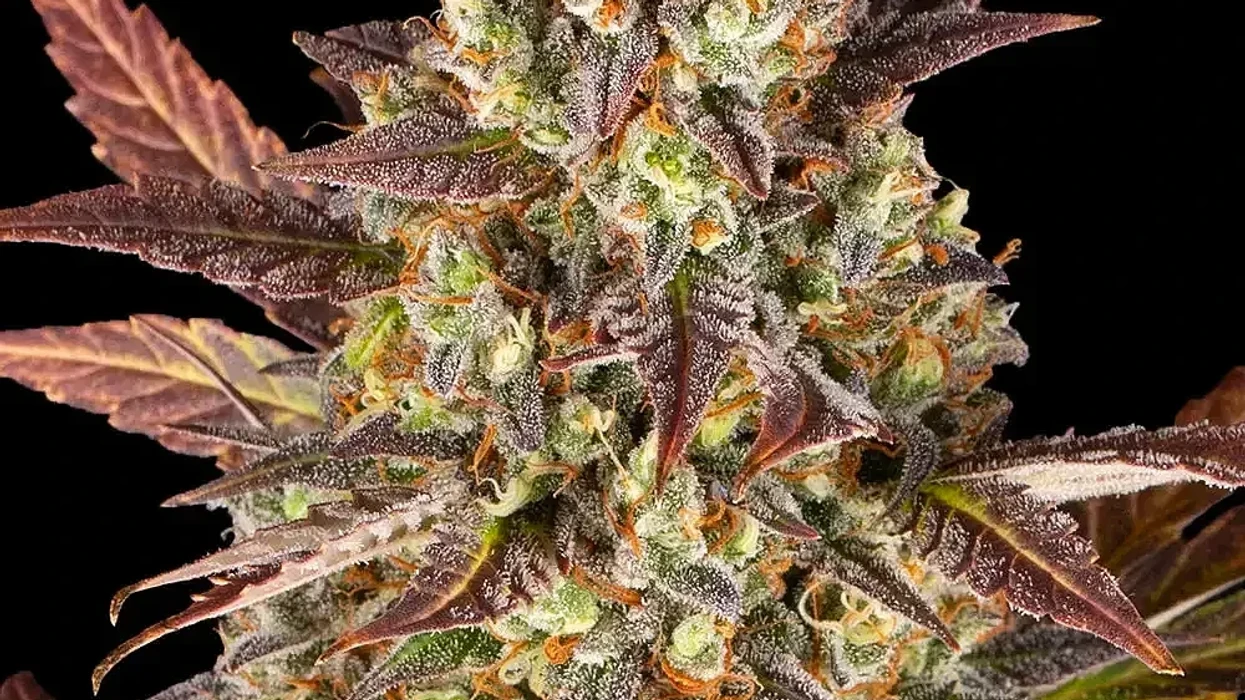
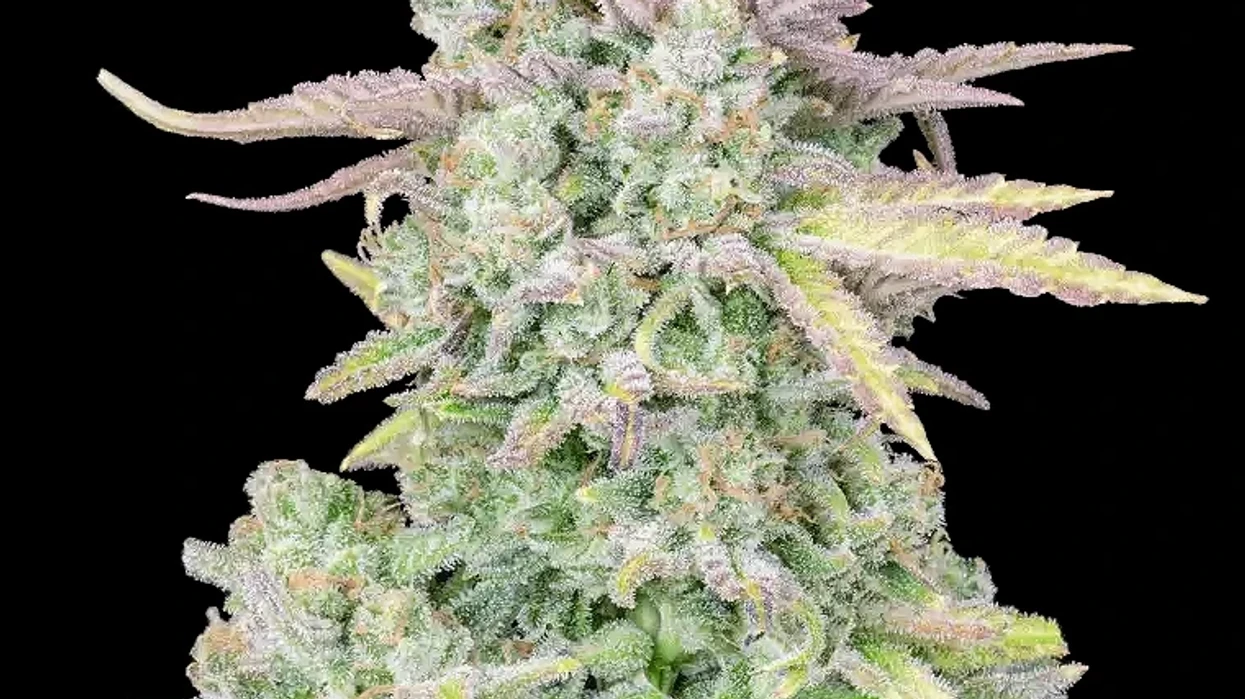
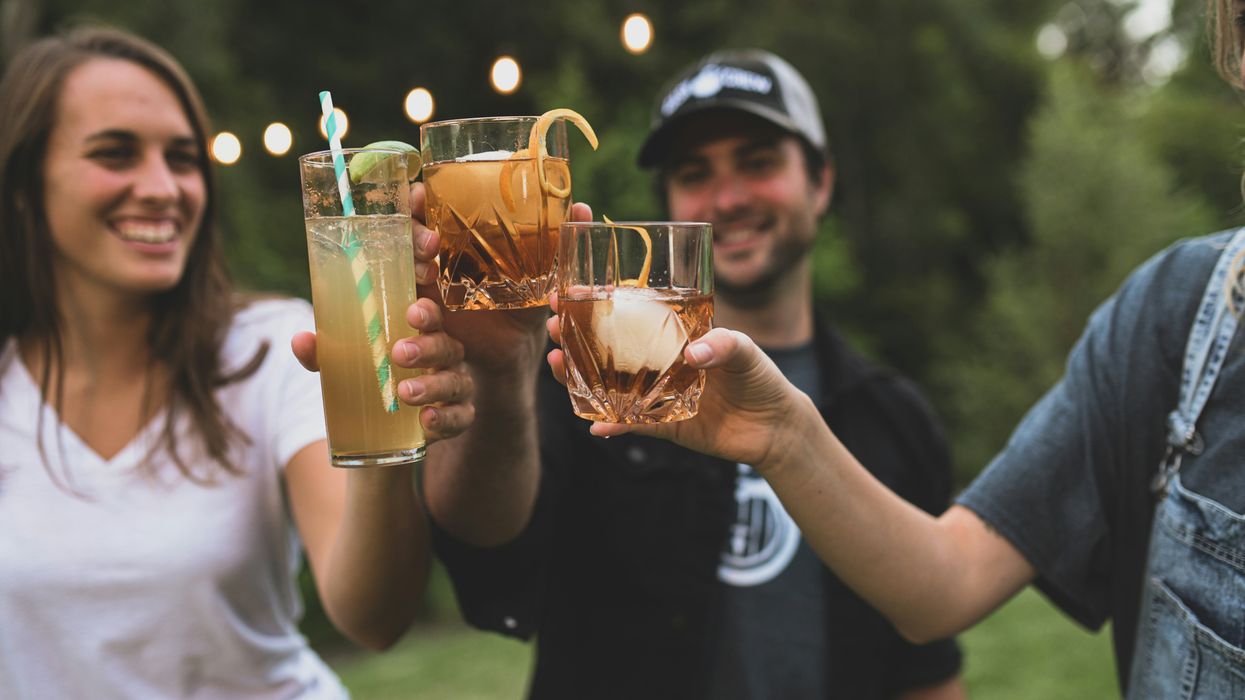
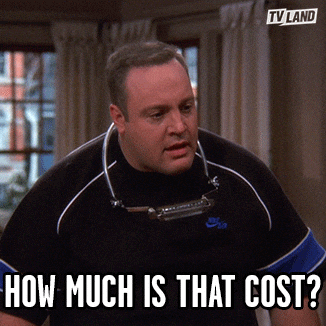
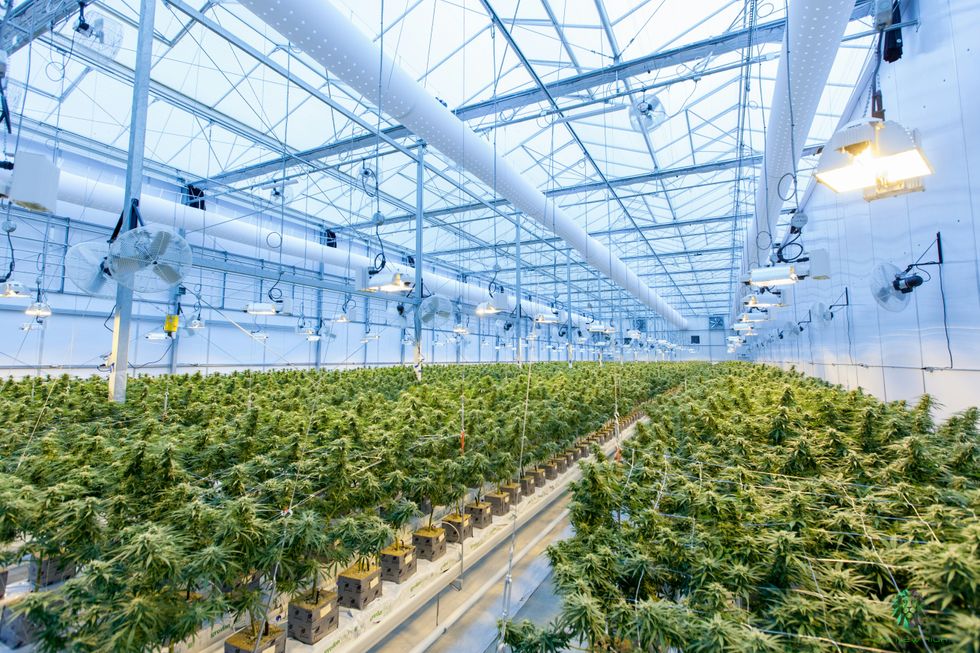 When it comes to pricing, cultivation methods matter - The Bluntness
Photo by
When it comes to pricing, cultivation methods matter - The Bluntness
Photo by 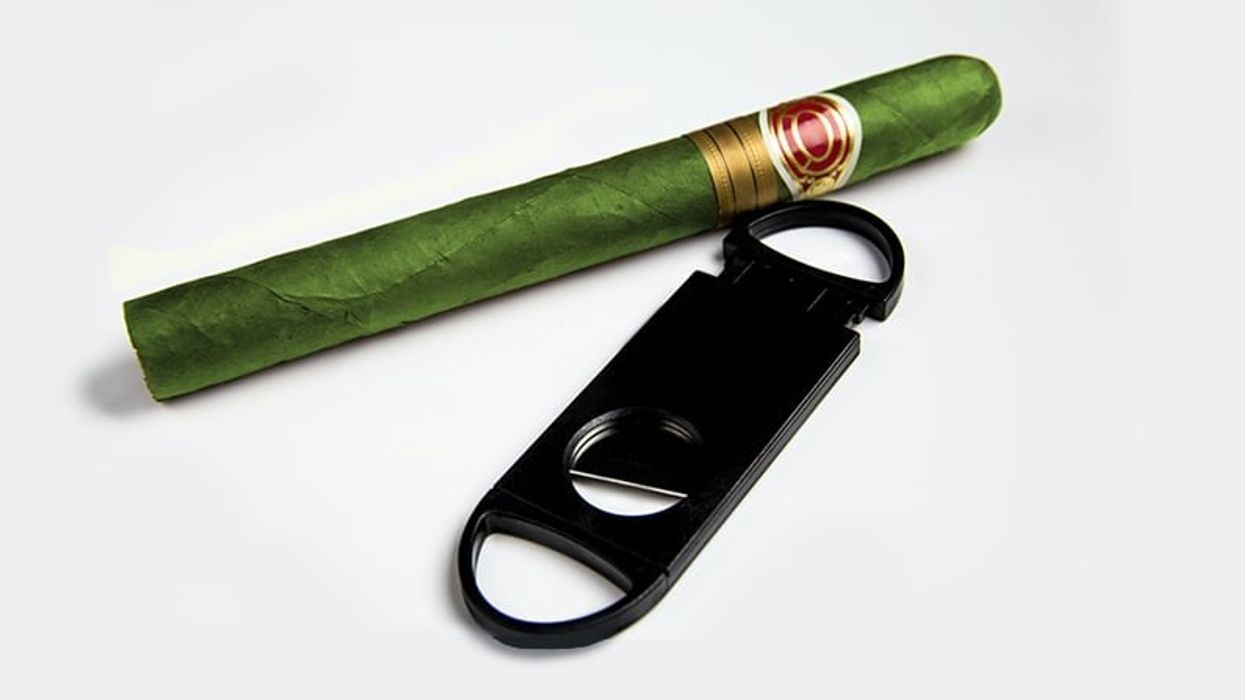


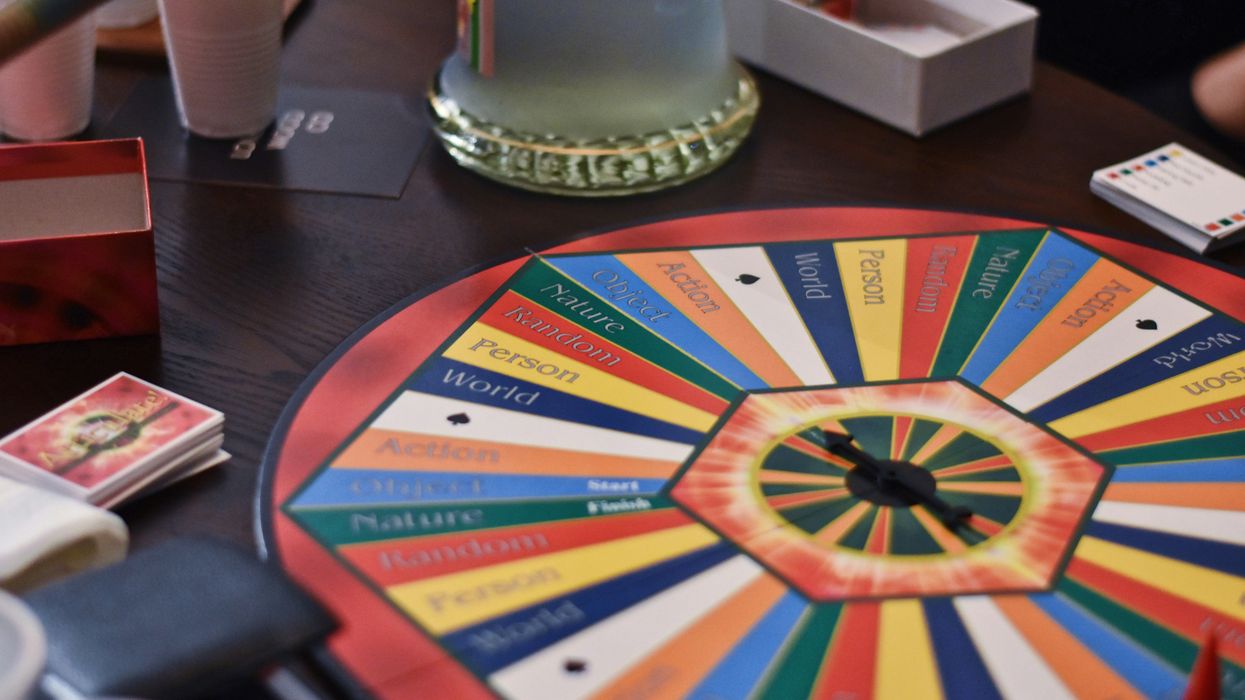


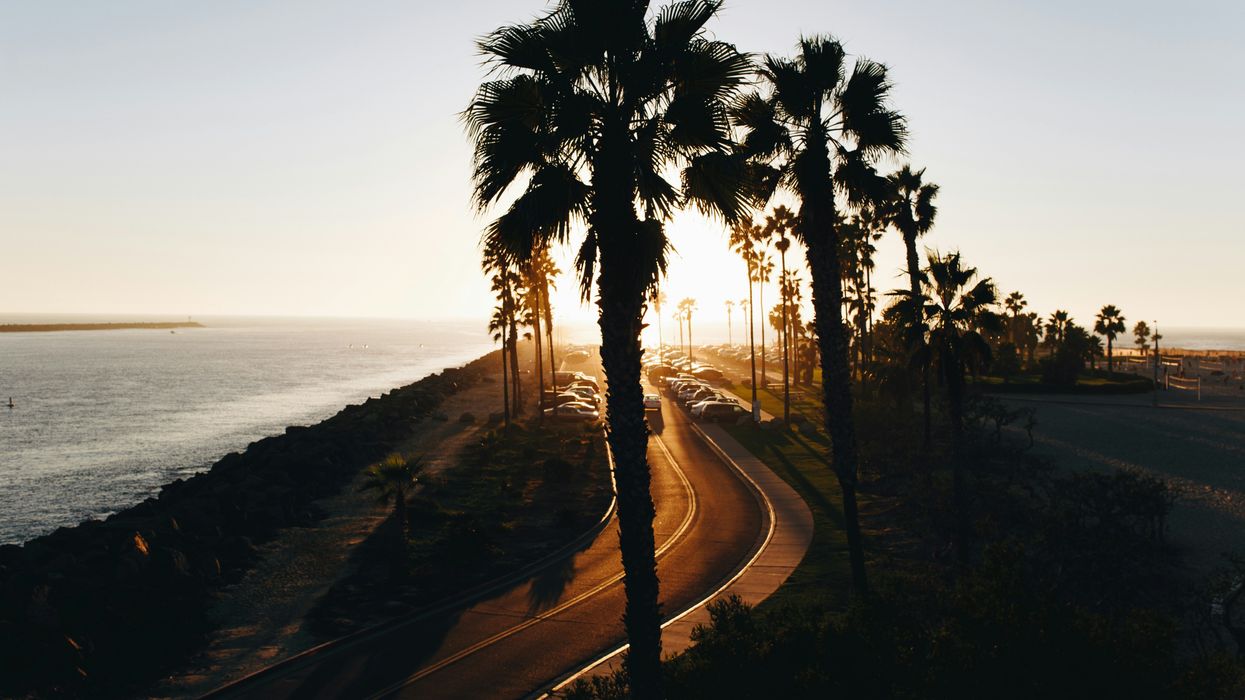
 The Dominoes Are Falling Nationwide as Federal Prohibition Ends
The Dominoes Are Falling Nationwide as Federal Prohibition Ends
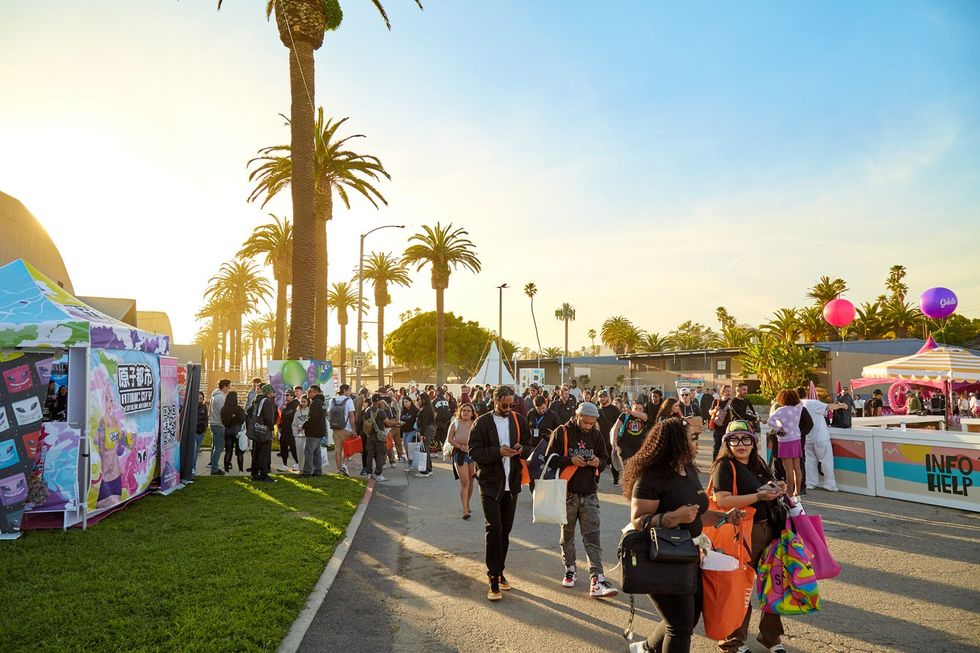 Scenes from Hall of FlowersPress photo provided by Hall of Flowers
Scenes from Hall of FlowersPress photo provided by Hall of Flowers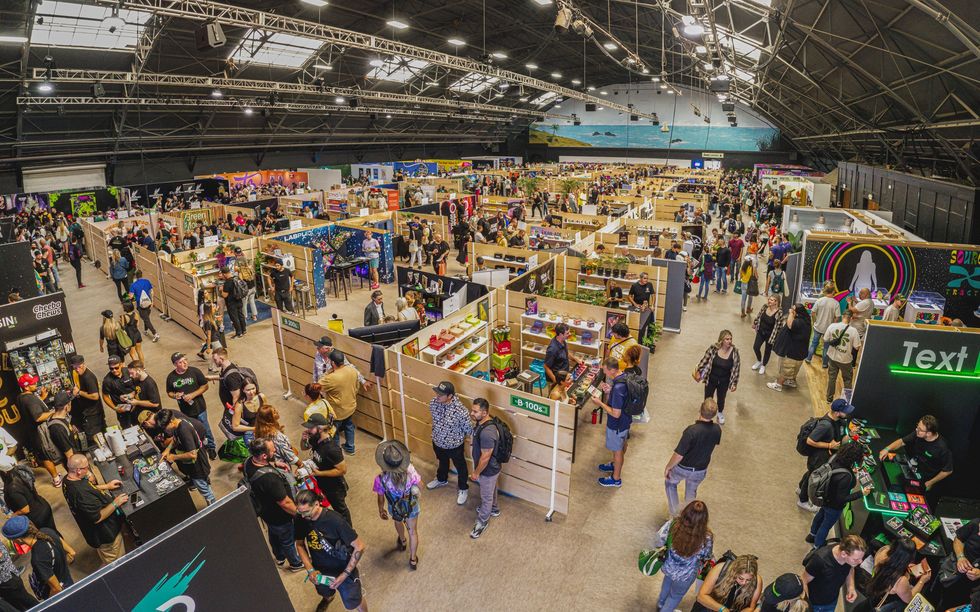 Scenes from Hall of FlowersPress photo provided by Hall of Flowers
Scenes from Hall of FlowersPress photo provided by Hall of Flowers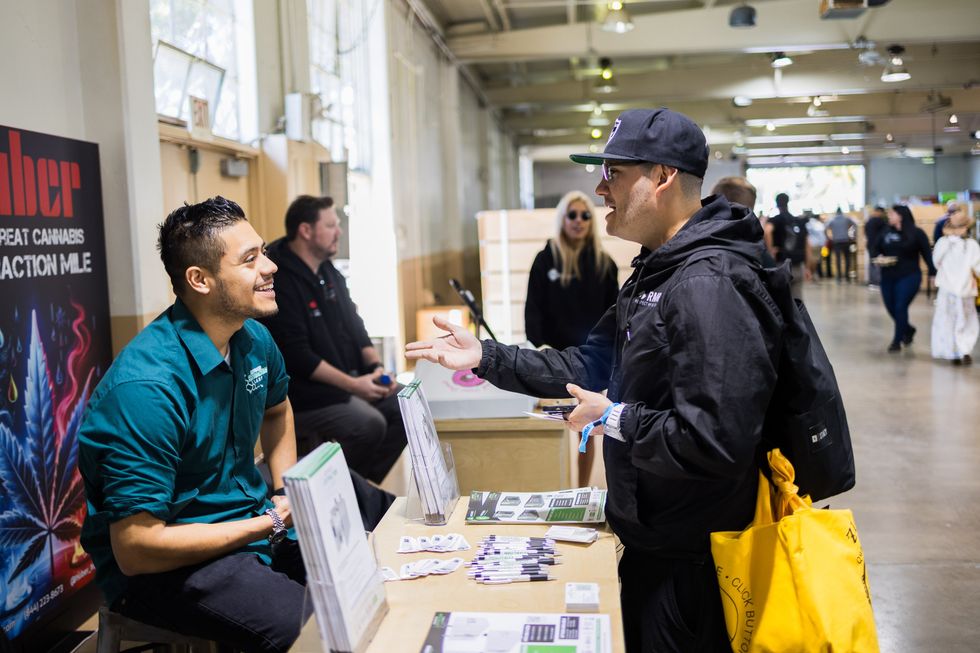 Respect My Region's Joey Brabo talking to an exhibitor at Hall of FlowersPress photo provided by Hall of Flowers
Respect My Region's Joey Brabo talking to an exhibitor at Hall of FlowersPress photo provided by Hall of Flowers

 Cigar smoking in a bar....
Cigar smoking in a bar....  Movie theater as consumption space? Not a bad idea.....
Movie theater as consumption space? Not a bad idea.....